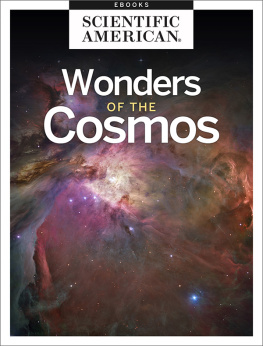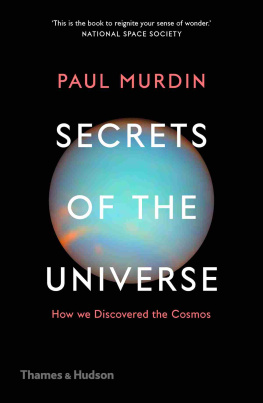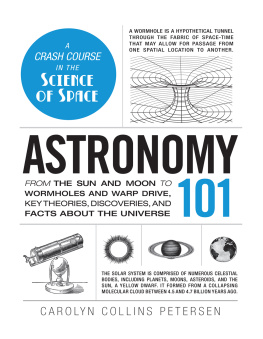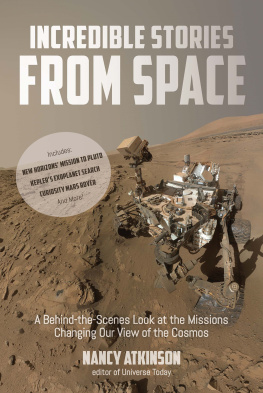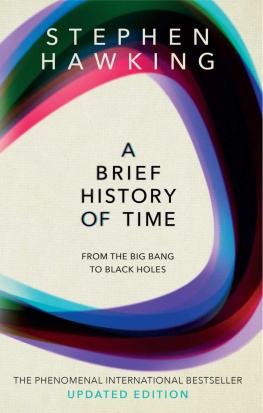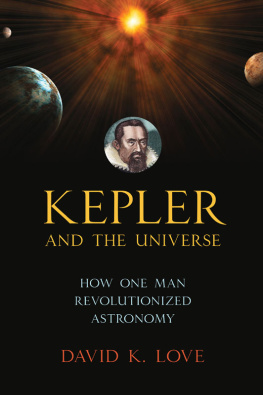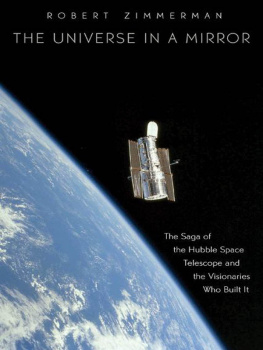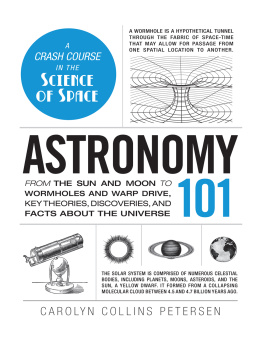First published in Great Britain
2015 by Aurum Press Ltd
7477 White Lion Street
Islington
London N1 9PF
www.aurumpress.co.uk
Copyright 2015 Heather Couper and Nigel Henbest
Heather Couper and Nigel Henbest hereby assert their moral right to be identified as the Author of this Work in accordance with the Copyright Designs and Patents Act 1988.
All rights reserved. No part of this book may be reproduced or utilised in any form or by any means, electronic or mechanical, including photocopying, recording or by any information storage and retrieval system, without permission in writing from Aurum Press Ltd.
Every effort has been made to trace the copyright holders of material quoted in this book. If application is made in writing to the publisher, any omissions will be included in future editions.
A catalogue record for this book is available from the British Library.
ISBN 978 1 78131 393 0
eBook ISBN 978 1 78131 394 7
1 3 5 7 9 10 8 6 4 2
2015 2017 2019 2018 2016
Typeset in New Baskerville and Gill Sans by Saxon Graphics Ltd, Derby
eBook conversion by CPI Group.
CONTENTS
If I have seen further, it is by standing on the shoulders of giants.
So wrote Sir Isaac Newton to his colleague Robert Hooke on 5 February 1675.
And thats how we think of the discovery of the universe, from the days of the Flat Earth to the Hubble Space Telescope and the Big Bang. Great men have pioneered the way, with enormous insights and the overwhelming urge to change our view of the cosmos around us think of Copernicus pursuing the idea that the Earth orbits the Sun; Galileo and his telescope; Isaac Newton and his theory of gravity; or Einstein with the mind-boggling concept of the Big Bang and black holes.
Except it wasnt really like that at all.
As we show in this book, most of the urban myths about astronomy are, in fact, just that myths. Galileo didnt invent the telescope, and he wasnt the first to point the new instrument towards the heavens. Einstein didnt predict either black holes or the Big Bang: both were incarnated in the minds of almost-forgotten clergymen. Black holes were envisioned 200 years before Einstein was even born, and the great physicist didnt believe in either theory! Copernicuss theory that the Sun was central would never have seen the light of day if it hadnt been for a fanatical disciple of his, banned from his own country for being gay.
The poet Alexander Pope wrote:
Nature and Natures laws lay hid in night:
God said, Let Newton be! and all was light.
Yet Newtons laws would have remained hidden for all time if it hadnt been for an acolyte. His name was Edmond Halley: well known for his comet, we owe Halley a much larger debt for pushing the older scientist to publish his Principia.
And then there are the unsung heroes. And the heroines: above, we intentionally used the phrase great men. Yet many of the most important breakthroughs have been made by women, who as a result of their gender are even more overlooked than their male counterparts.
In the twentieth century, an Englishwoman from a small market town Cecilia Payne-Gaposchkin proved that most of the visible universe is made of hydrogen; but she was barred from taking a degree at Cambridge. American astronomer Vera Rubin mapped the invisible matter that controls galaxies, yet she too was ridiculed at international conferences.
Jocelyn Bell Burnells untiring research in the 1960s unveiled the existence of pulsars; but she was overlooked for the Nobel Prize, which was awarded to her senior male colleagues. Though Caroline Herschel set a long-standing record for discovering new comets, she had to live in the perpetual shadow of her brother William, who found the planet Uranus in 1781.
William Herschel was a musician and his discovery was a prime example of a major breakthrough made not by professional astronomers, but by amateurs who study the sky for the pure love of it. A thousand years ago, the Persian poet Omar Khayyam matched the Suns movements to the calendar more accurately than anyone before or since. A nineteenth-century apothecary called Heinrich Schwabe discovered that spots on the Sun come and go every eleven years.
In our own times, a computer engineer has from his backyard found more exploding stars than anyone in history; a schoolteacher laid the basis for radio astronomy, and inspired the construction of the mighty Jodrell Bank radio telescope; while it was a sanitary engineer who has tracked down the strongest evidence yet for life on Mars.
There are also the mavericks great professional astronomers forgotten by the establishment because they didnt fit in. The Swiss astronomer Fritz Zwicky, an outsider in California who called his colleagues spherical bastards, first put astronomers on the trail of the dark matter and dark energy that scientists now think dictates the past and future of our universe.
BluffYorkshireman Fred Hoyle is mainly remembered today for proposing a rival to the Big Bang theory of the universe the Steady State which fell by the wayside. Yet Fred also led a team that made one of the most amazing breakthroughs of twentieth-century science, showing how stars are natural alchemists. In these cosmic cauldrons, the simplest element hydrogen is transmuted into carbon, oxygen and iron and even the gold in your wedding ring.
In this book, we also explore new insights that overturn accepted wisdom. For instance, Stonehenge was not built to worship the rising Sun on Midsummers Day as the druids still do but to observe the sunset on Midwinters Day. A corroded lump of metal, found on the sea-floor in 1900, proves that the Greeks werent just great thinkers: they actually built the worlds first computer, to predict with amazing precision the movement of the Sun, Moon and planets and even eclipses.
We explore the ongoing arguments that rage behind the astronomical scenes. Was it fair for astronomers to demote Pluto from being a planet? Is it bad or good when an asteroid hits our planet and wipes out most of the dominant life? And have astronomers been barking up the wrong celestial tree when in their hunt for alien intelligence they have focused on radio telescopes: maybe ETs phone is tuned to laser beams, or even to faster-than-light particles.
We also tell the inside story of the great cosmic adventures of our time, looking behind the scenes at the nail-biting saga of the Rosetta spacecraft and the little lander Philae as they probe at first hand Comet Churyumov-Gerasimenko, with their quest for the origin of life. And we follow the ongoing saga of the astronomers who have tracked down some 2,000 planets in the depths of space, in the search for an Earth-twin that could be our second home in the universe.
Our investigations into these largely untold sagas begins with the history of astronomy. Then we move into the realms of our neighbouring planets, the Sun and the stars. We dig deeply into the big mysteries of black holes and the universe, before finally exploring all aspects of life in the cosmos.
Wed like you to join us in celebrating the countless secret lives that lie behind mankinds quest to unravel the mysteries of space, and hopefully think about them next time you sit in astonishment as a new image from the Hubble Space Telescope appears on your tablet or even better as you gaze up at the beautiful night sky.
Heather Couper and Nigel Henbest
PS: Heres another secret we can share. Dont take the quotation that leads this Introduction at face value. When he referred to the shoulders of giants, Newton was quite possibly directing an intentional insult at his great rival Hooke, who had developed a severe stoop in later life!


